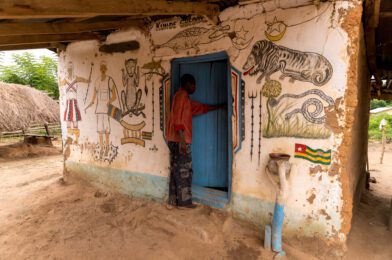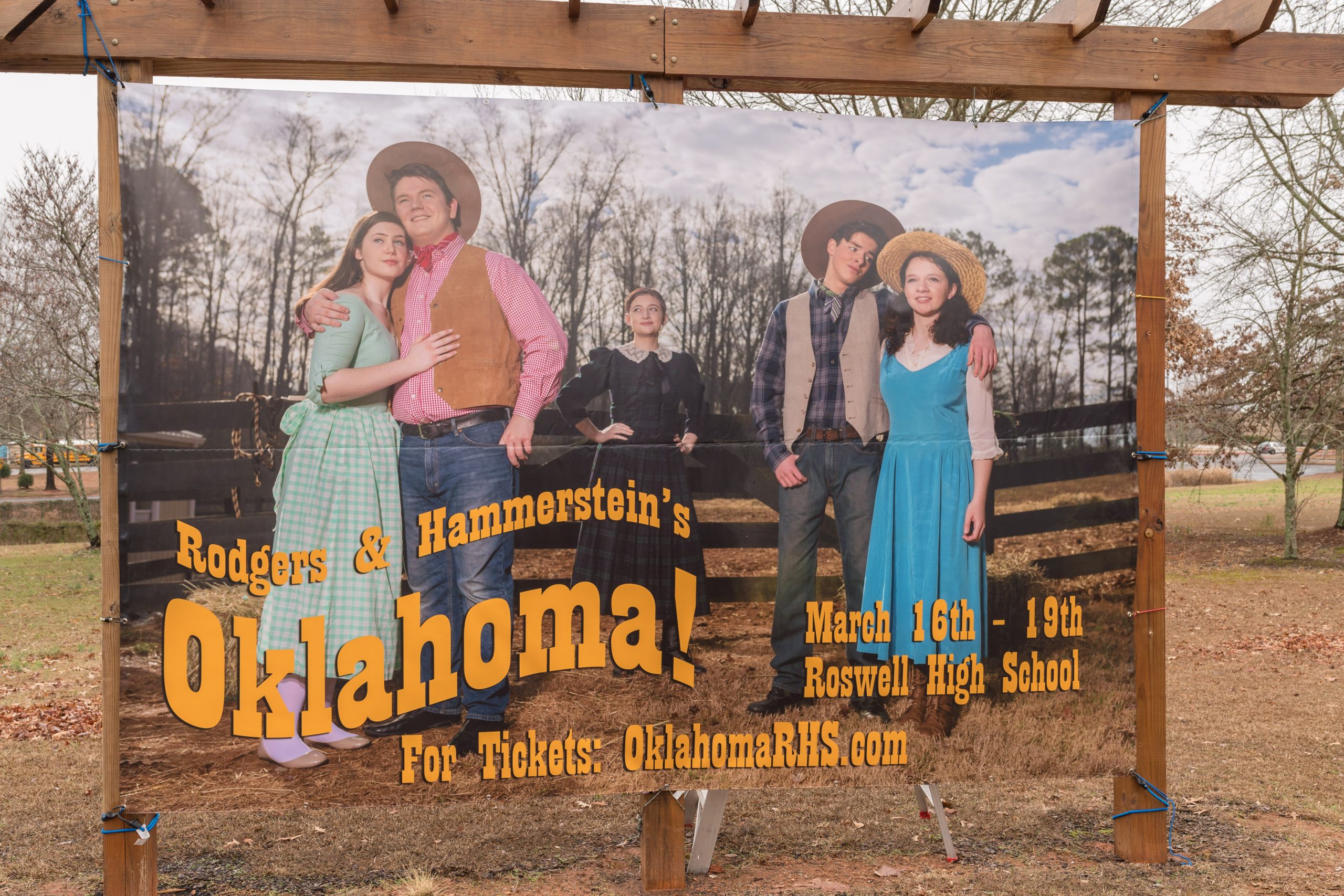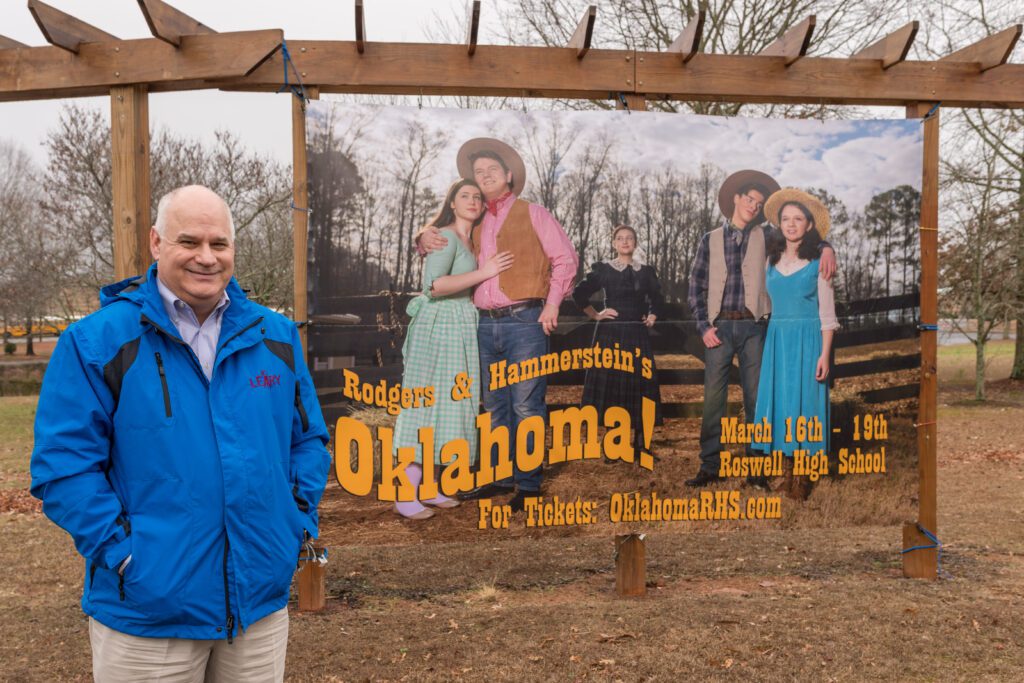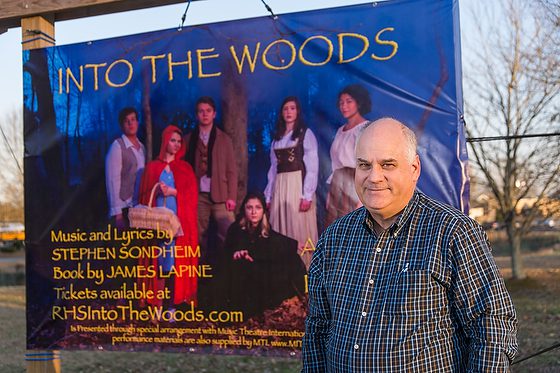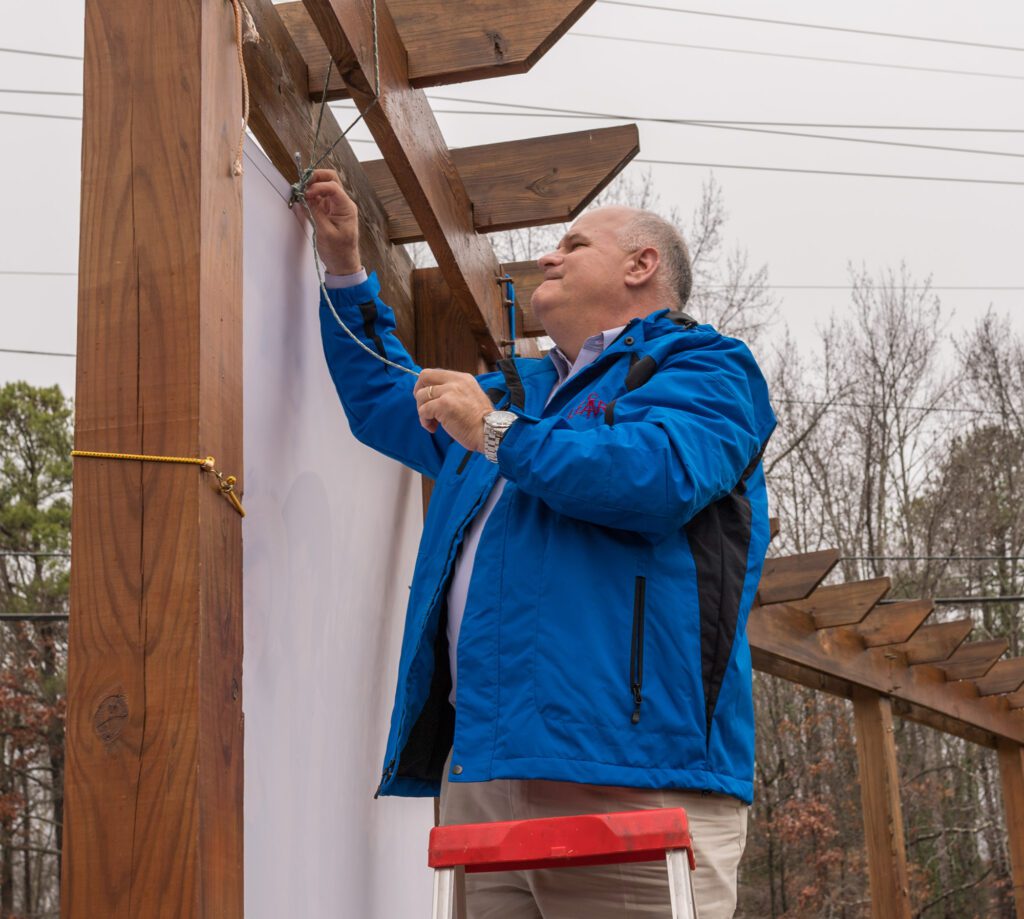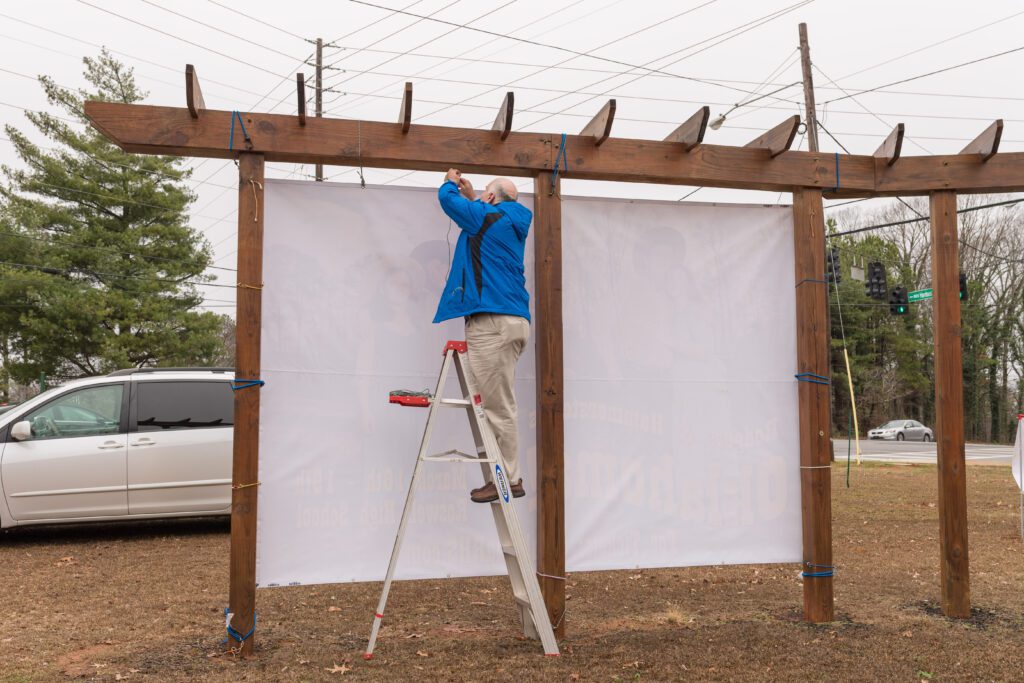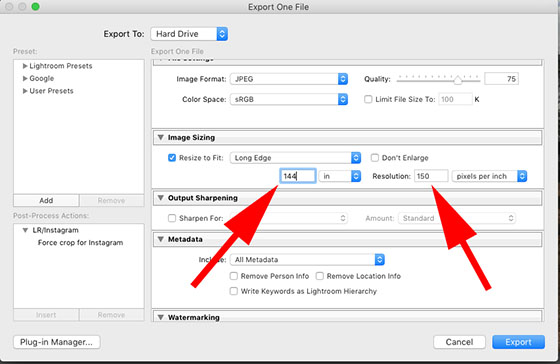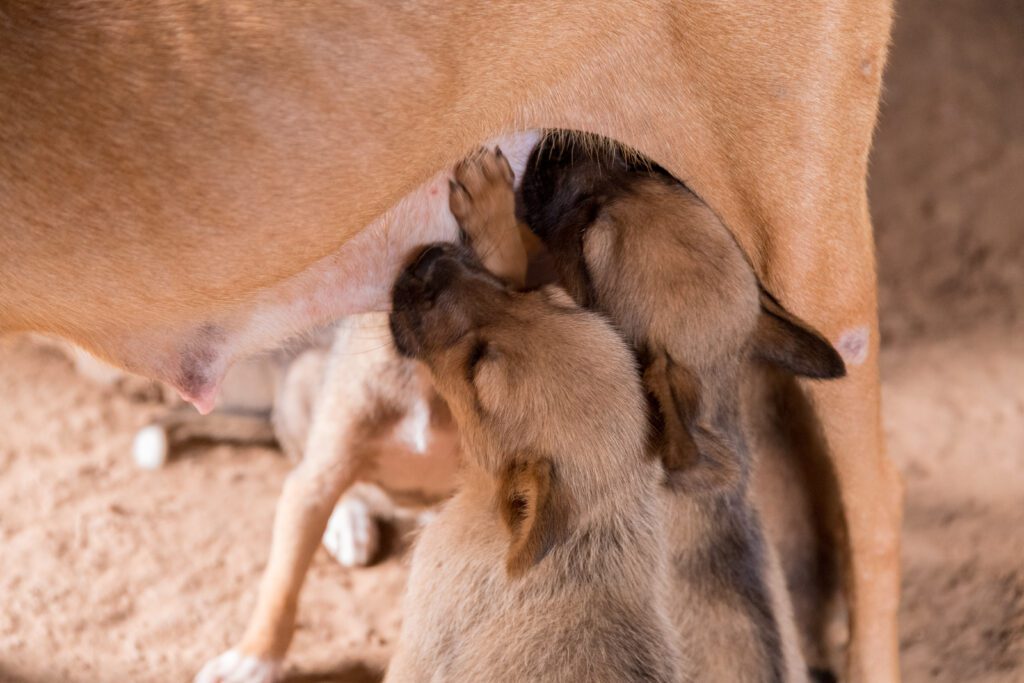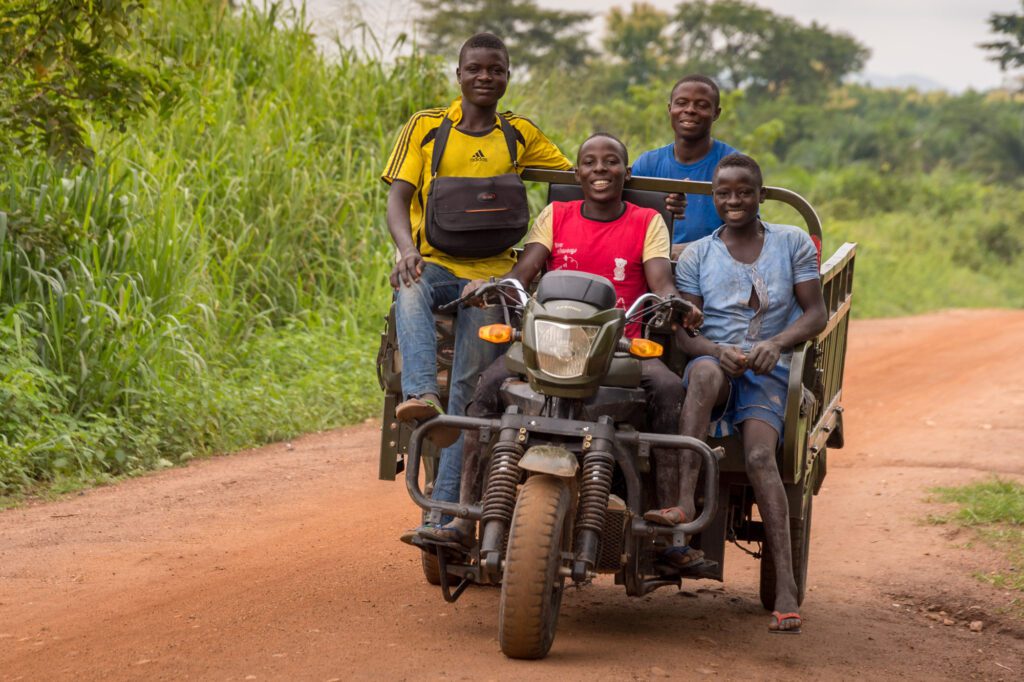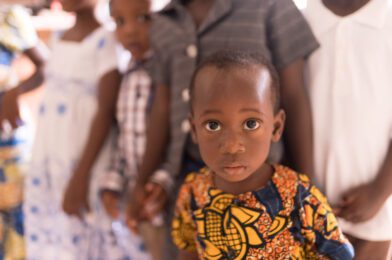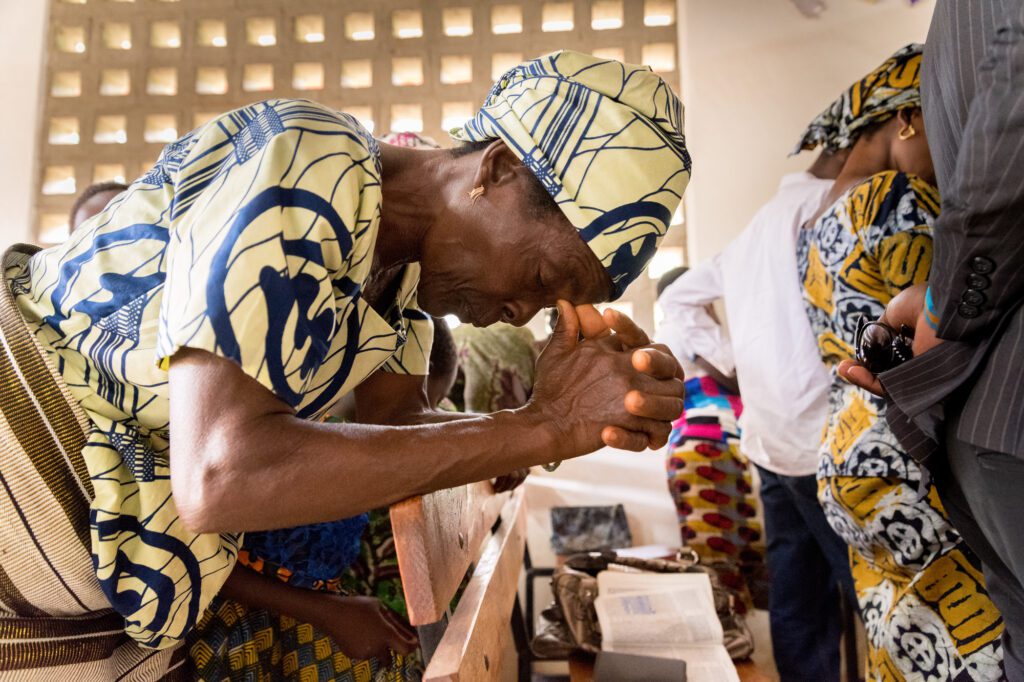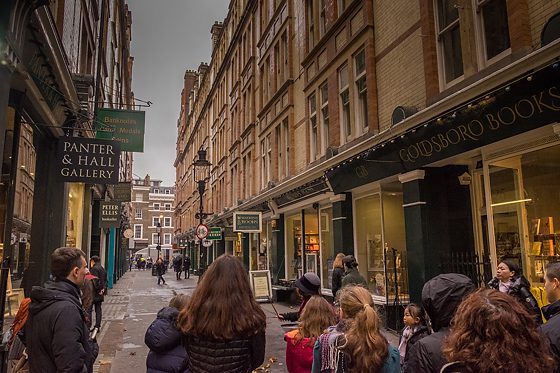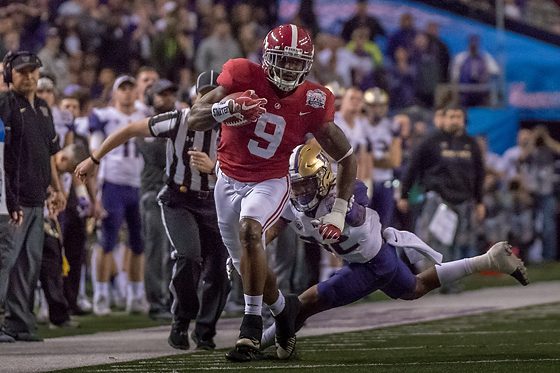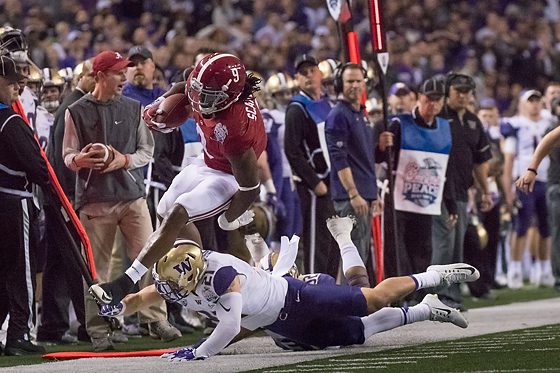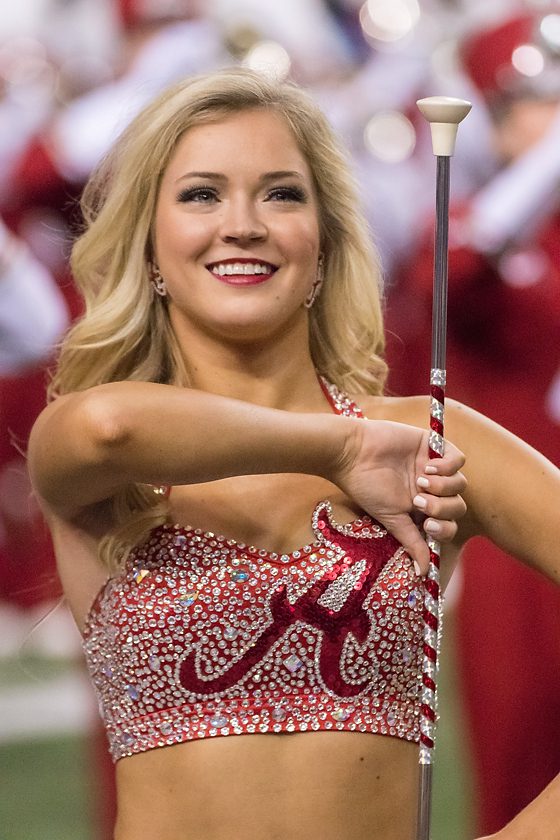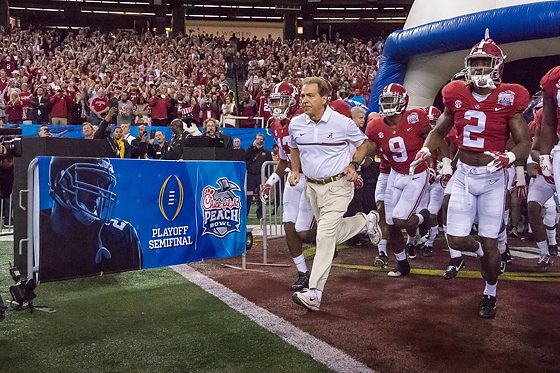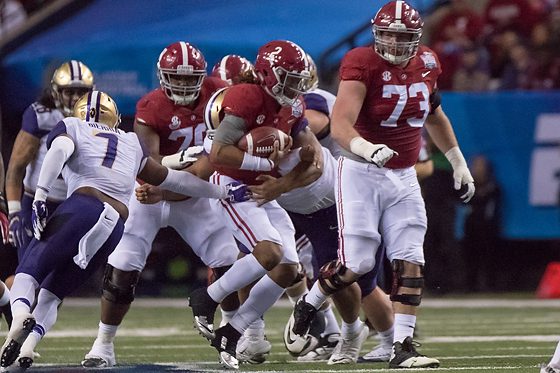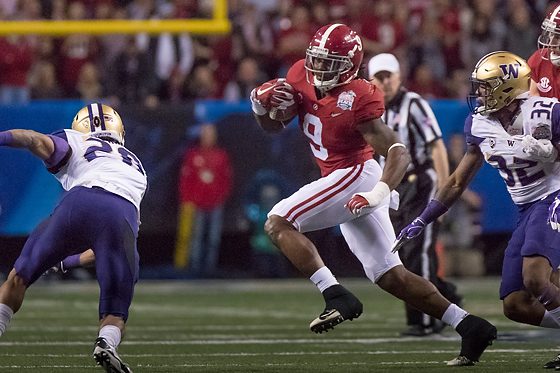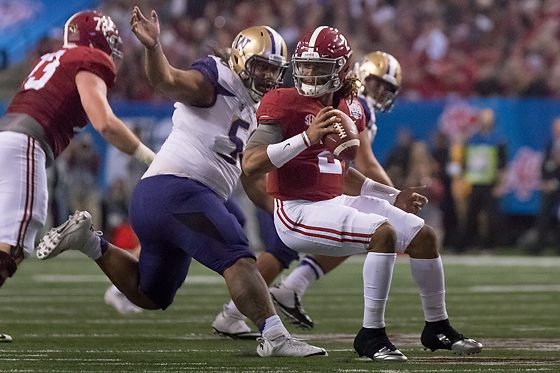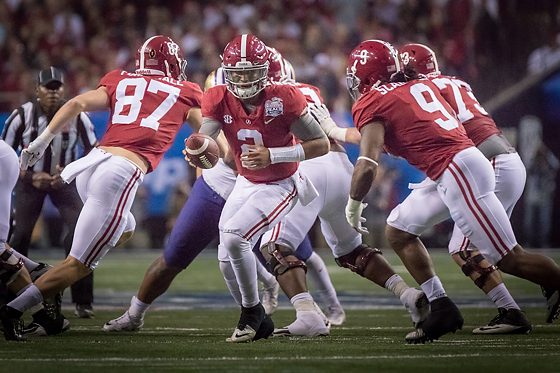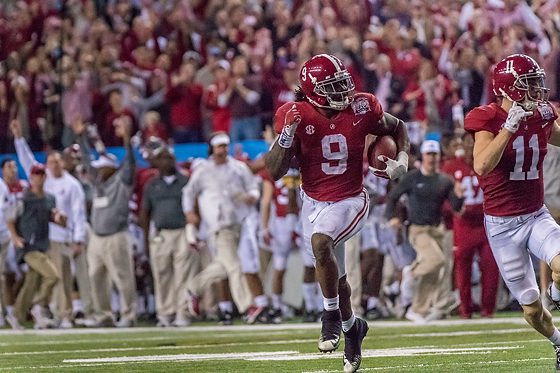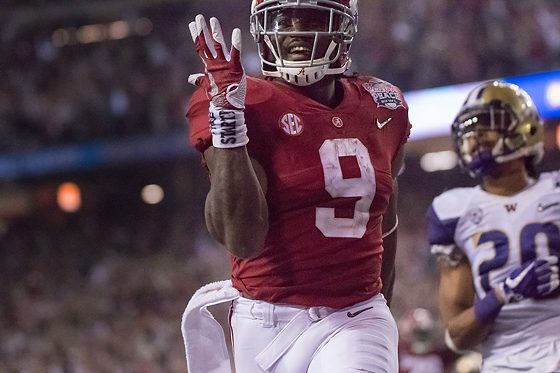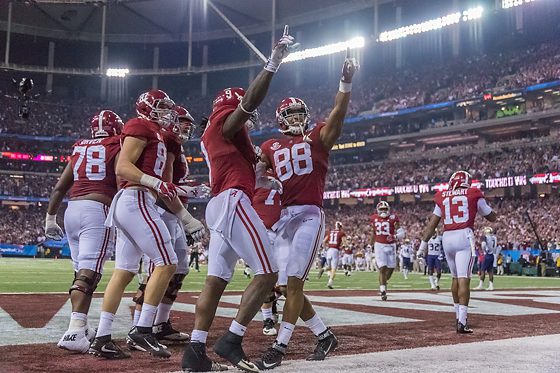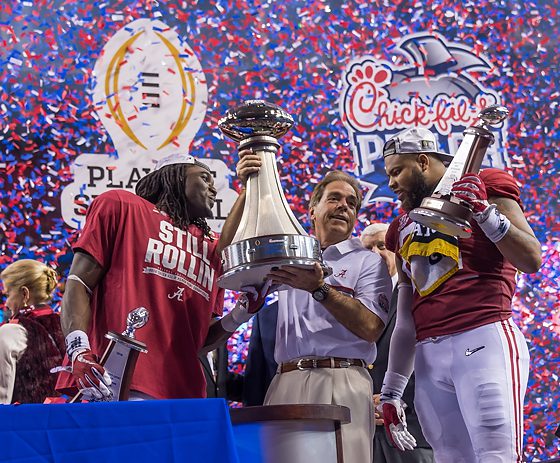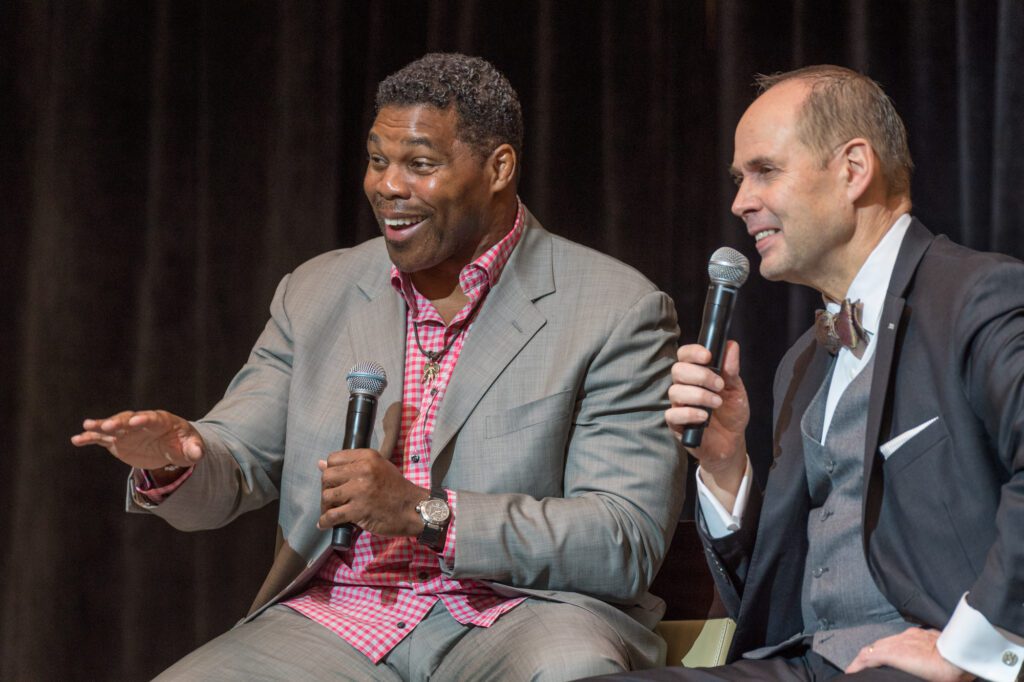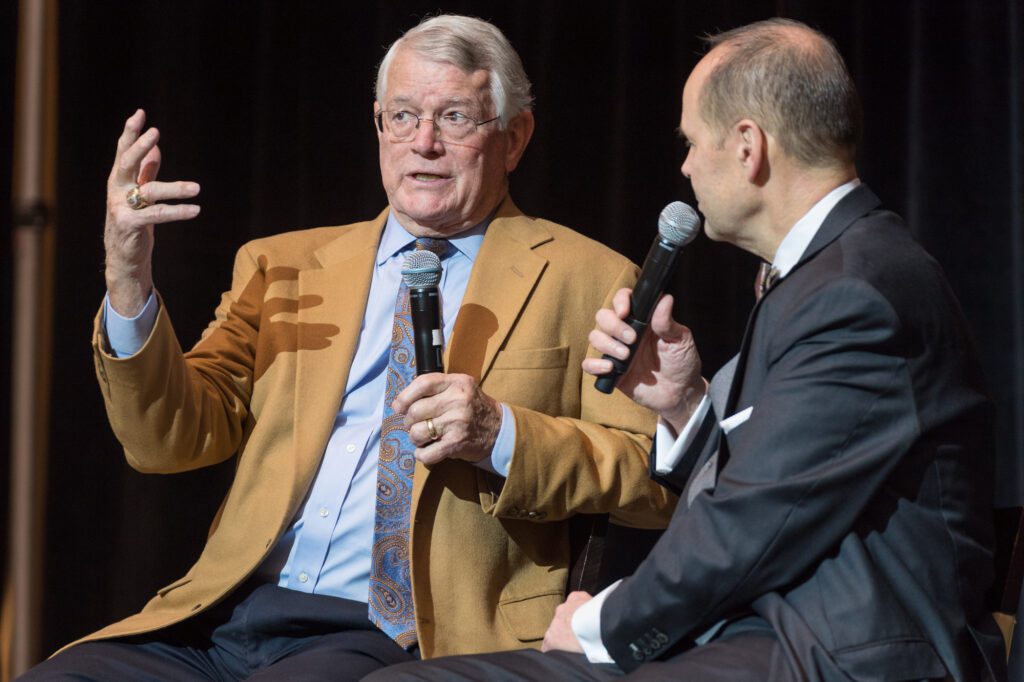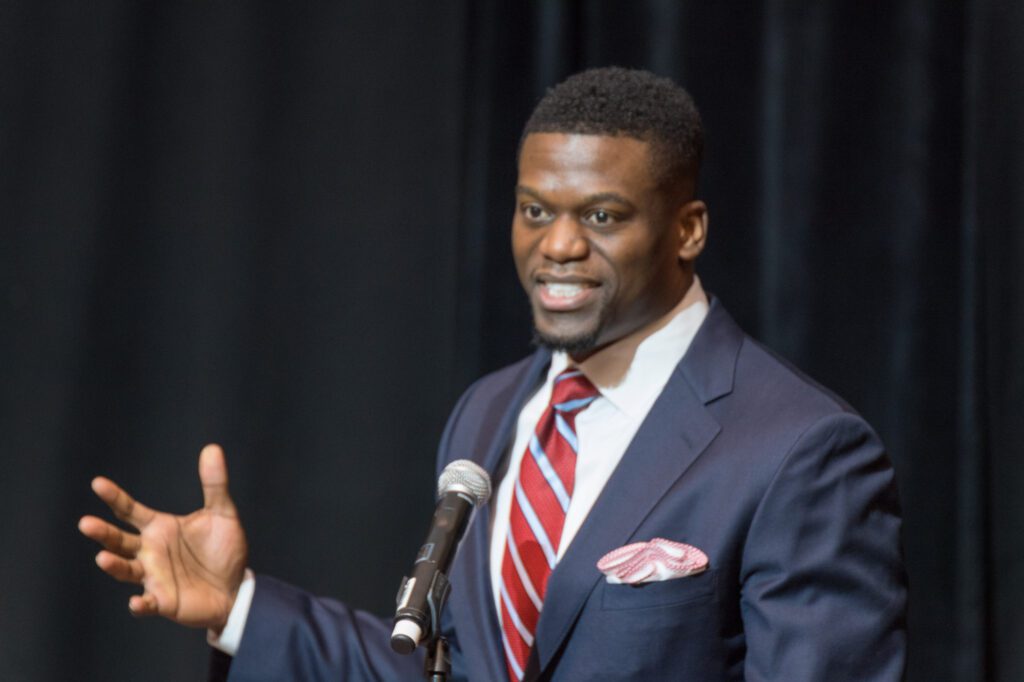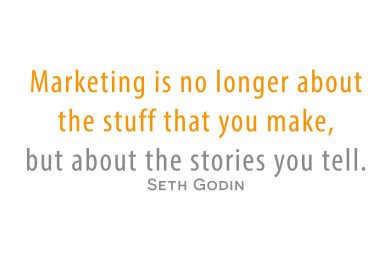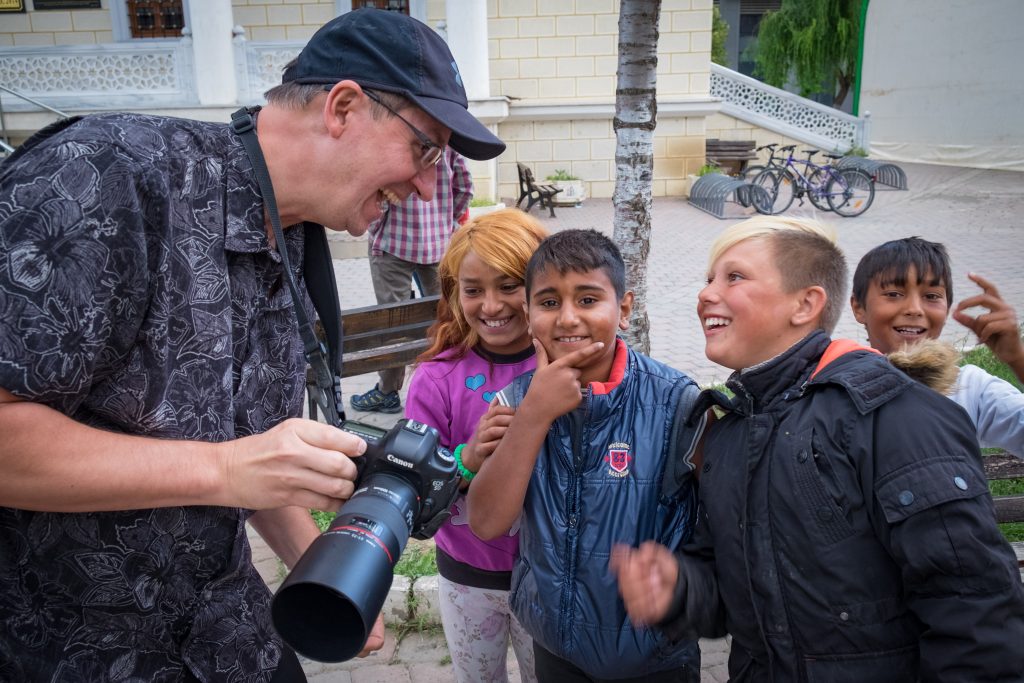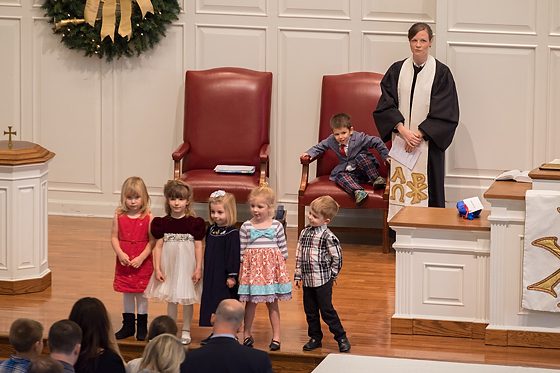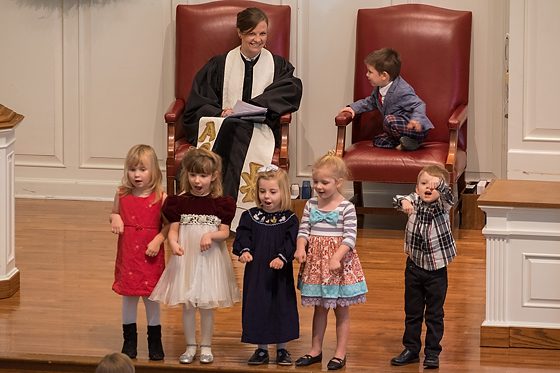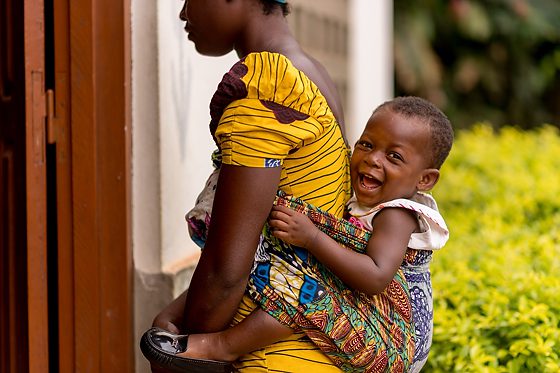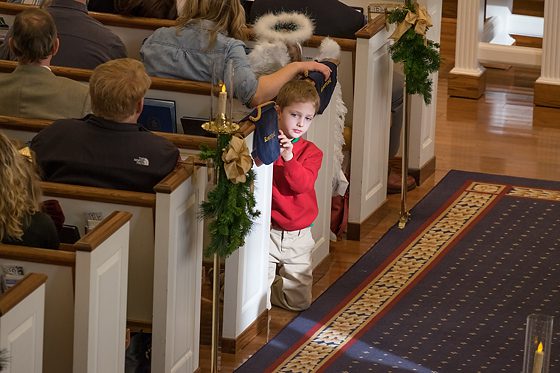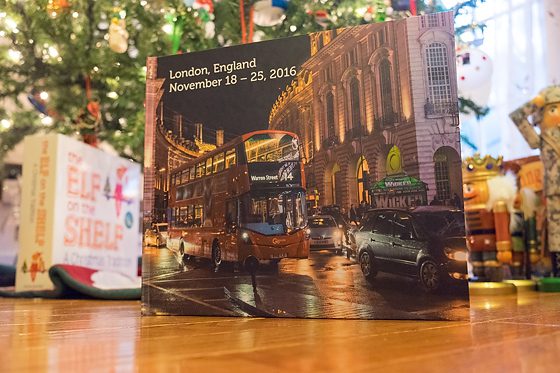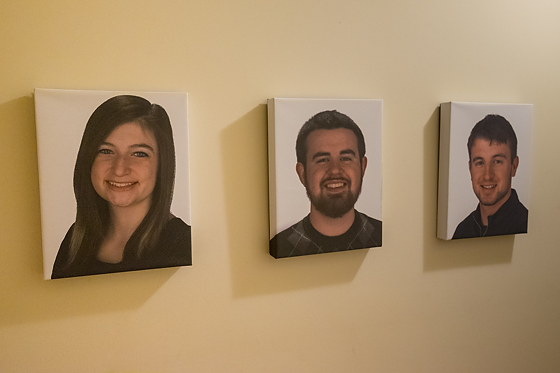Nikon D5, Sigma 24-105mm f/4 DG OS HSM Art, ISO 100, ƒ/4, 1/320
Before you read this post, take a moment and look at all the photos. Then take a moment and think about what you think they are all about. Once you have done that, come back and pick up the reading.
Why did I take this photo and the others I am showing you today? Let me talk about each one separately. Also, I would rarely not include some text with these photos no matter where I share them because I want to communicate what is going on.
I was accompanying one of the workshop participants I was helping teach in Togo, West Africa, on her story of a pastor. This was part of the story.
This is a Charlatan Witch Doctor of Fetishes in Togo, West Africa, going into the temple he built for the different gods he worships. In Togo, about half the population practices indigenous religions, of which Vodun [worship of fetishes] is the largest, with some 2.5 million followers.
Vodun cosmology centers around the vodun spirits and other elements of divine essence that govern the Earth, a hierarchy that ranges in power from major deities presiding the forces of nature and human society to the spirits of individual streams, trees, and rocks, as well as dozens of ethnic vodun, defenders of a particular clan, tribe, or nation. The vodun is the center of religious life, similar to doctrines such as the intercession of saints and angels that made Vodun appear compatible with Christianity, especially Catholicism, and produced syncretic religions such as Haitian Vodou. Adherents also emphasize ancestor worship and hold that the spirits of the dead live side by side with the world of the living, each family of spirits having its female priesthood, sometimes hereditary when it’s from mother to blood daughter. [Wikipedia]
I took this photo and how I took it to communicate the belief in many gods by the people of Togo. For many who become Christians, it is still common for many to still practice these Fetishes. The tradition has been so strong for so long in their culture that it is difficult for them to break away from these practices.
Here is the story that the student Hannah Teramura tells the tale of Martouka.
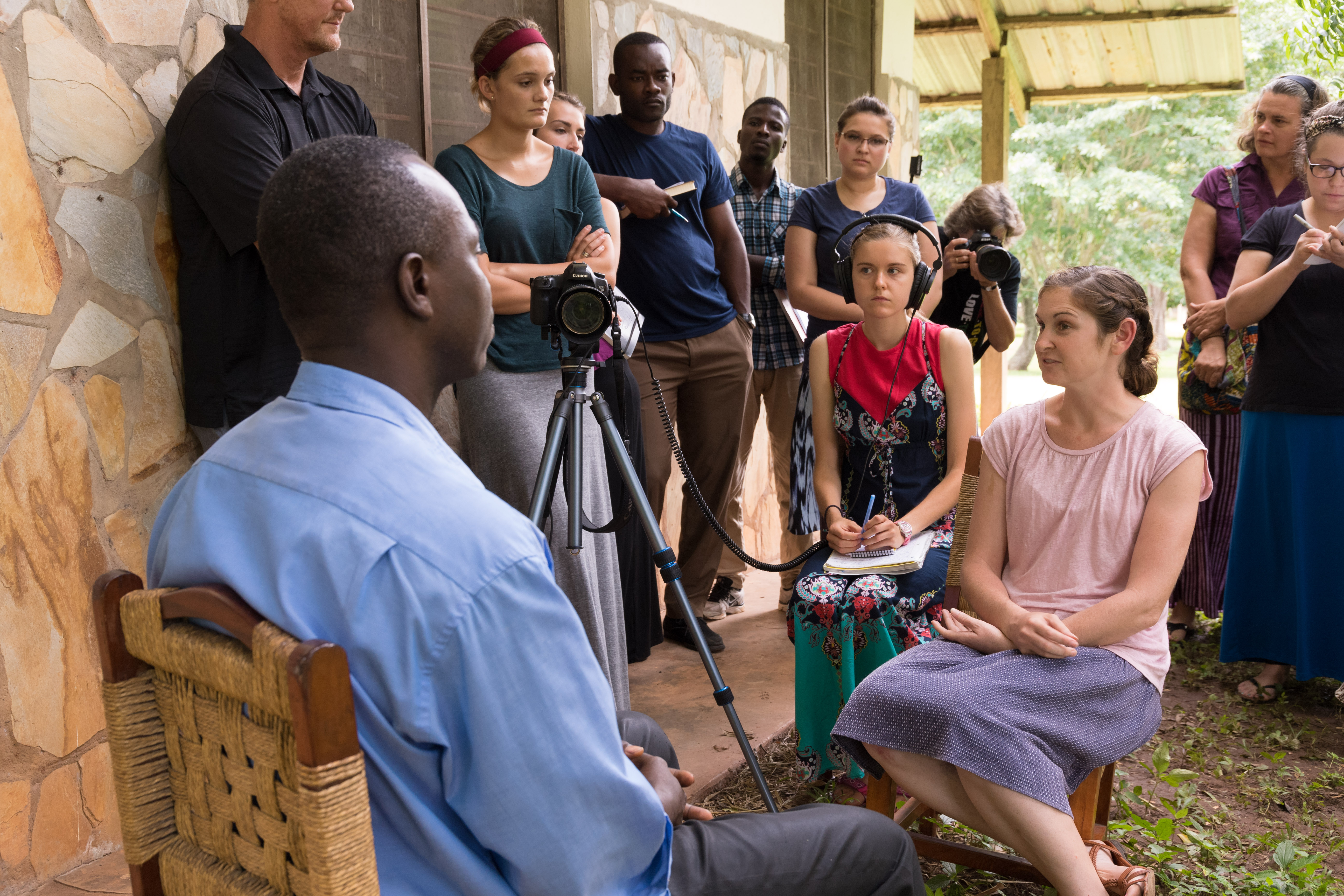
Why did I make this photo?
Before we sent all eleven students out individually to go and work on their stories, we did a refresher on capturing the interview.
We walked around as a group and agreed on this place to do the interview. We did this based on the lighting, the sound, and the background. We then set up the camera with the subject to be interviewed, the translator, and the student asking the questions and doing the story.
We then practiced and stopped here and there to talk about the camera settings, the interviewing process, and the importance of the student listening with headphones and watching that the subject doesn’t move too much to put them out of focus or out of the frame of the camera.
Can you see how I composed and picked a moment to convey much of this information, but text helped explain who each person is in the photo and their role?
When did I figure out all this?
Before I clicked the shutter! Very important to think through what is going on in front of the camera and then distill all this into a moment that will convey the point you want to make.
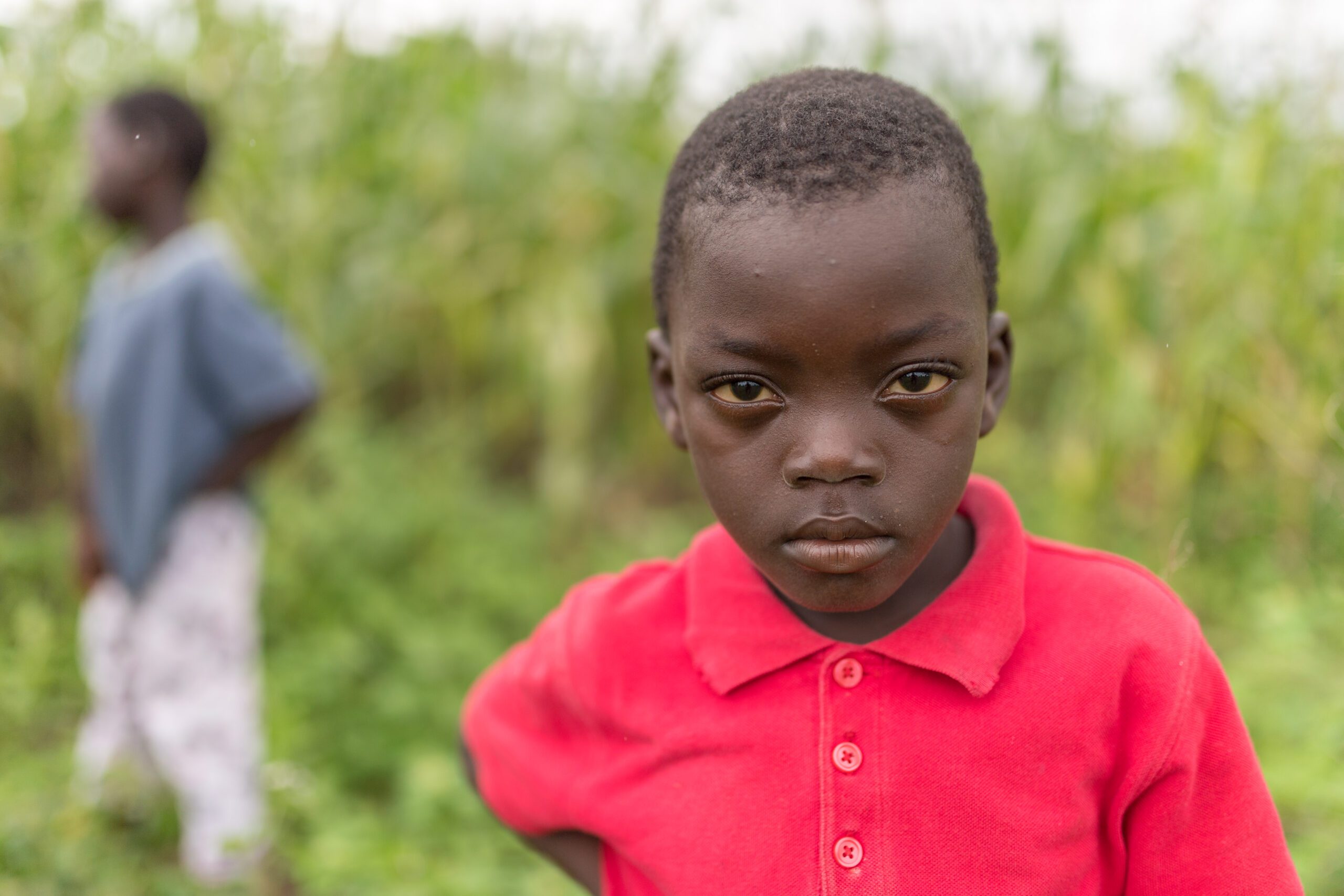
Why did I make this photo?
This is pastor Martouka Anani’s son. Now he was very interested and intense. You can tell he is a thinker trying to figure out why these white people are doing with those cameras.
As I brought the camera up to take her photo, I could see this intensity in his face and body language. I decided I needed to capture this tension. I also decided I wanted to isolate him in the corn field and hint that his brother was in the background.
I felt this girl was fearless, unlike his brother, who was playing. Like his father, this little boy wants to know more than he sees on the surface of people’s faces. He is peering into your soul with his eyes.
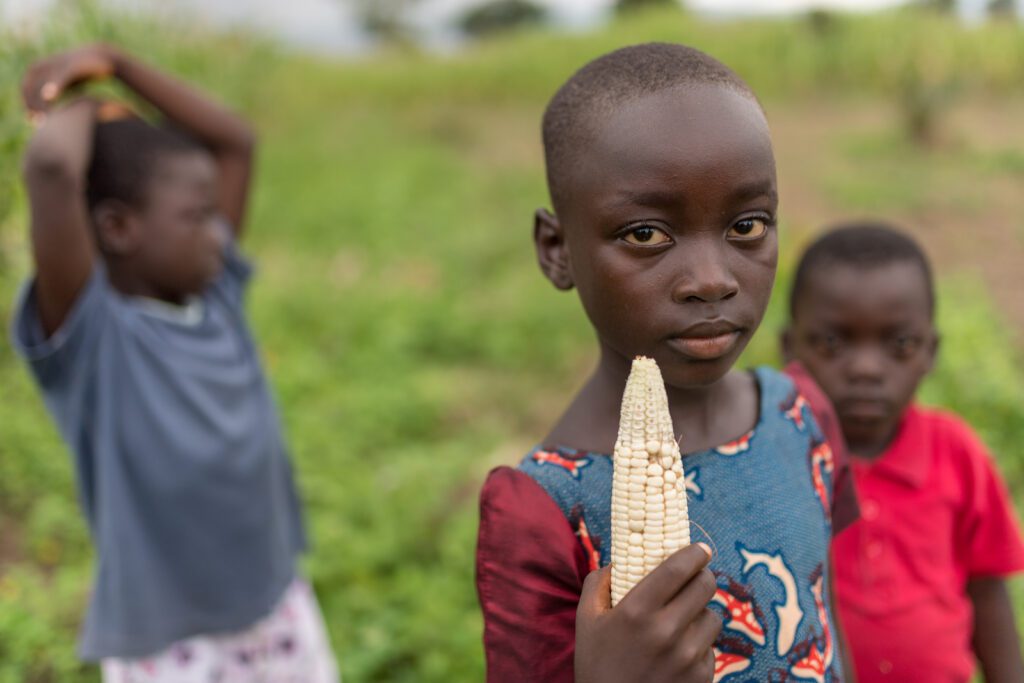
Now contrast this to his older sister, who, while still engaging with her eyes, has more softness with her gaze than her younger brother.
Martouka Anani, their father, fell deathly sick after years of growing up in fetish worship and remembered the gospel he had heard as a child. Even though his parents disowned him from walking away from the fetish religion, he pursued Jesus and devoted his life to sharing the good news with others.
Their next-door neighbor is the Charlatan Witch Doctor in the first photo. Just imagine living next door to a faith your father gave up and lost his family and all their day-to-day interactions with that family. I am sure the kids play together but imagine they have to understand why their parents are so different.
Maybe the reason for these looks of the children is they are not sure what we believe and will also be their faith for themselves.
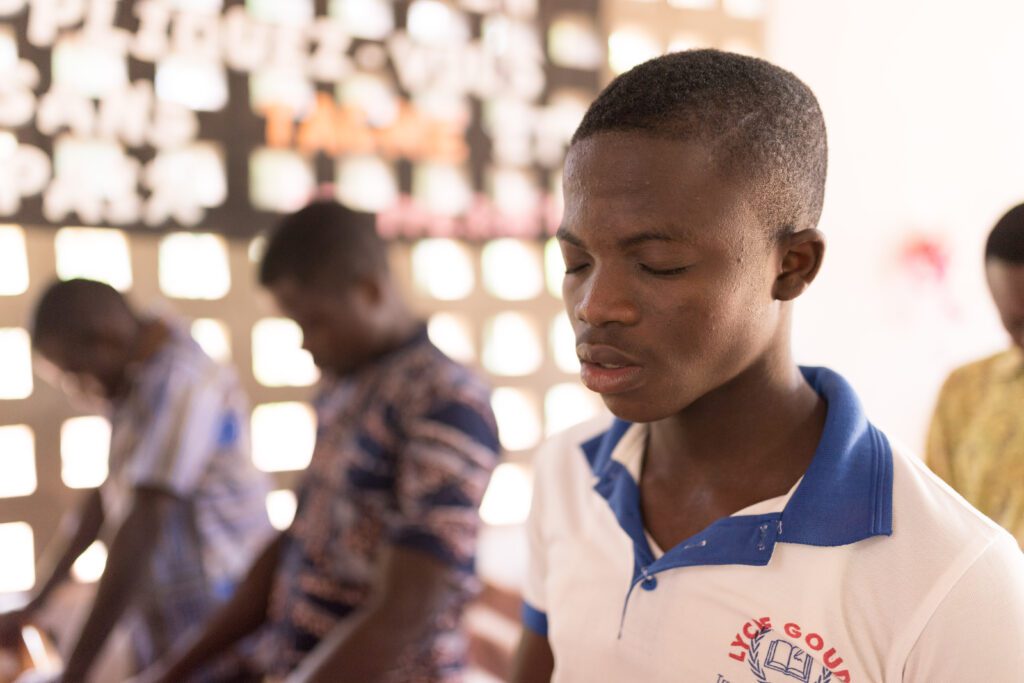
Why am I taking this photo?
I wanted to capture how important faith is to the community we came to cover. This photo by itself doesn’t capture the whole story. But paired with the images above in a larger story helps me convey the culture’s intricacies a little more and helps the reader understand what they are dealing with each day.
Had we just taken photos only in the church buildings, the images are not different than here in the United States. Yes, the building is a little different, but the expressions in prayer look similar. However, with the other photos showing this pastor living next door to a Witch Doctor and that this is the life he left for Jesus, we can see what maybe is something different that they pray about that we don’t have to deal with here.
Summary
I hope you can see that I must take the time to think about what is happening around me. I then have to consider what I want to share with someone through my photos.
If you take photos without knowing what you are trying to say, then your audience will have no clue as to what you are trying to say.
Here are some places to start thinking about the photo that you want to make.
- What is my emotion right now? Are you happy, sad, melancholic, joyful, etc
- What is the subject? What is the noun if I put this into a sentence?
- What is the verb? Thinking again like a sentence, what is going on that I need to show? What would be the verb in the penalty if I were writing this all down? Your shutter speed may help communicate motion, for example, or freeze something.
- What should I include or exclude? You may do this by composing by moving around and picking a particular lens to capture the content. You may also decide how much is in focus on the subject. You may even choose to not just go from a wide angle to telephoto, but super close with a macro lens.
- Do I need to alter the light to help with capturing what I need? Do you need a flash? Do you need to wait till the subject moves into the light?
You can ask many more questions to help you determine what to capture with your camera.
Great photographs are like great poems. The differences are in the nuances. Finding the perfect balance of grammar, simplicity, intricacy, feeling, imagery, and rhythm is one of the most difficult challenges a poet will face. In some cases, a poet’s work might never be done. For example, he might spend several years, or even his entire life, trying to perfect one single poem. He might often omit a word or two here or change some terms there.
The photographer is always looking for ways to improve. They work to understand the technology to help improve their images. They study the subjects to see those nuances to give more understanding.
My challenge to you is to be intentional. Know why you are clicking the shutter, or your audience will not know.

